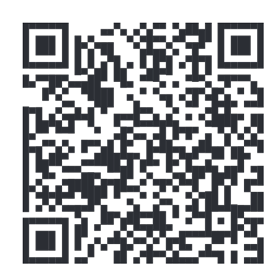
An involved dad is important to a baby’s first months and years of life.
Even when the dad lives outside the home, babies with actively involved fathers grow into happier and more successful children and adults. Babies need to form a strong bond with their parents, and that means dad, too.
Bringing home a new baby is a big change for everyone. There are many ways dads can help support mom and baby once they arrive home from the hospital.
Mom’s body goes through a lot of changes during the pregnancy. It may take a little while for her to feel like herself. Be gracious, patient, and supportive.
Keep people who are sick away from your baby.
Help with cooking, cleaning, and laundry.
It’s common to get overwhelmed with taking care of a new baby. If mom seems depressed, anxious, or fearful of harming the baby, assist her in getting help.
You and your partner may feel exhausted. This will get better. It is normal for mom to go through emotional changes and to worry about how breastfeeding is going. Support her, listen to her concerns, and tell her it’s okay to call for help if she has questions. This is a new journey for all of you.
Help out with the little things by:
If you or your baby’s mom have anxiety, are feeling depressed, or have thoughts of harming yourself or your baby, get help right away. Talk with your healthcare provider. Untreated depression is hard on your baby, your family, and you.
Call 988, or text WYO to 741741, for free emotional support 24 hours a day, 7 days a week.
Spend quality time with your older kids by having them help with getting a diaper, smiling at, or reading to baby.
Breastfeeding is the best way to provide nourishment to your new baby. It might not be easy at first so give mom plenty of encouragement and support.
WIC is here to support you. Call for any questions or for additional breastfeeding support.
If breastfeeding isn’t working out or your family has decided to go a different route, your support is just as important. Supporting mom during this time can make a big difference for her confidence and well-being. Plus, it’s a chance for you to bond with your baby in a special way—whether it’s giving a bottle, cuddling during feedings, or simply being there for those quiet moments together. Your involvement not only strengthens your connection with your baby but also shows your family that you’re all in this together.
Having breast milk or formula in your baby’s tummy is new to them. Babies spit up less and require less burping as they get older.
Speak to your WIC Nutritionist or healthcare provider if you are concerned with the amount your baby is spitting up at each feeding.
Be a hero, change diapers!
For breastfed babies:
For formula and breastfed babies over a month:
If you have concerns about your baby’s dirty diapers, call your healthcare provider or local WIC office.
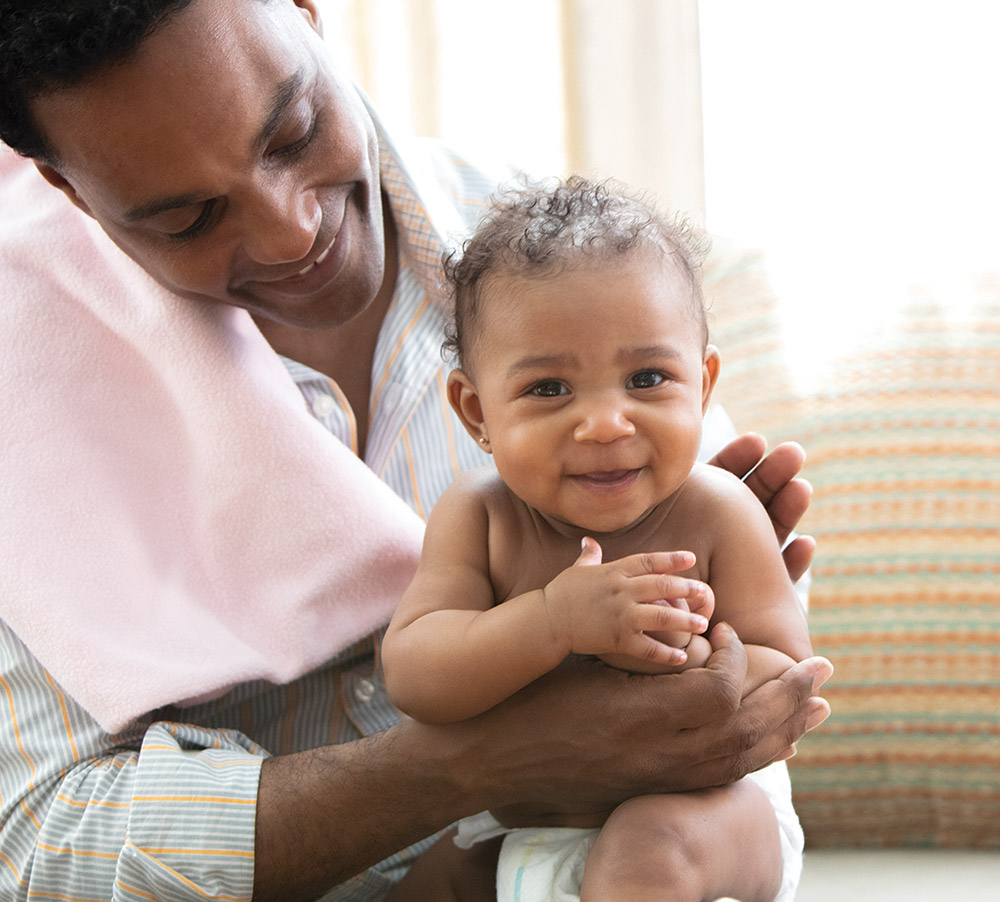
| Baby’s Age | Wet | Poops |
|---|---|---|
| Day 1 |
|
|
| Day 2 |
|
|
| Day 3 |
|
|
| *Day 4+ |
|
|
*This amount lasts up to the first month or longer.
Be a hero, change diapers!
For formula and breastfed babies over a month:
If you have concerns about your baby’s dirty diapers, call your healthcare provider or local WIC office.
| Baby’s Age | Wet | Poops |
|---|---|---|
| Day 1 |
|
|
| Day 2 |
|
|
| Day 3 |
|
|
| *Day 4+ |
|
|
*This amount lasts up to the first month or longer.
Tummy time!
Laying on their tummy helps strengthen your baby’s neck and shoulder muscles. Think of it as their daily workout as they prepare for big moves like rolling over, sitting, and crawling.
Play peekaboo.
Talk to your baby and make funny faces while changing their diaper.
Go for walks.
Keeping active—getting out of the house is good for everyone!
Spend time reading and talking to your baby.
Their brain is learning new words every day, even from the day they are born.
Make time for hugs and cuddles.
Bath time and bed time!
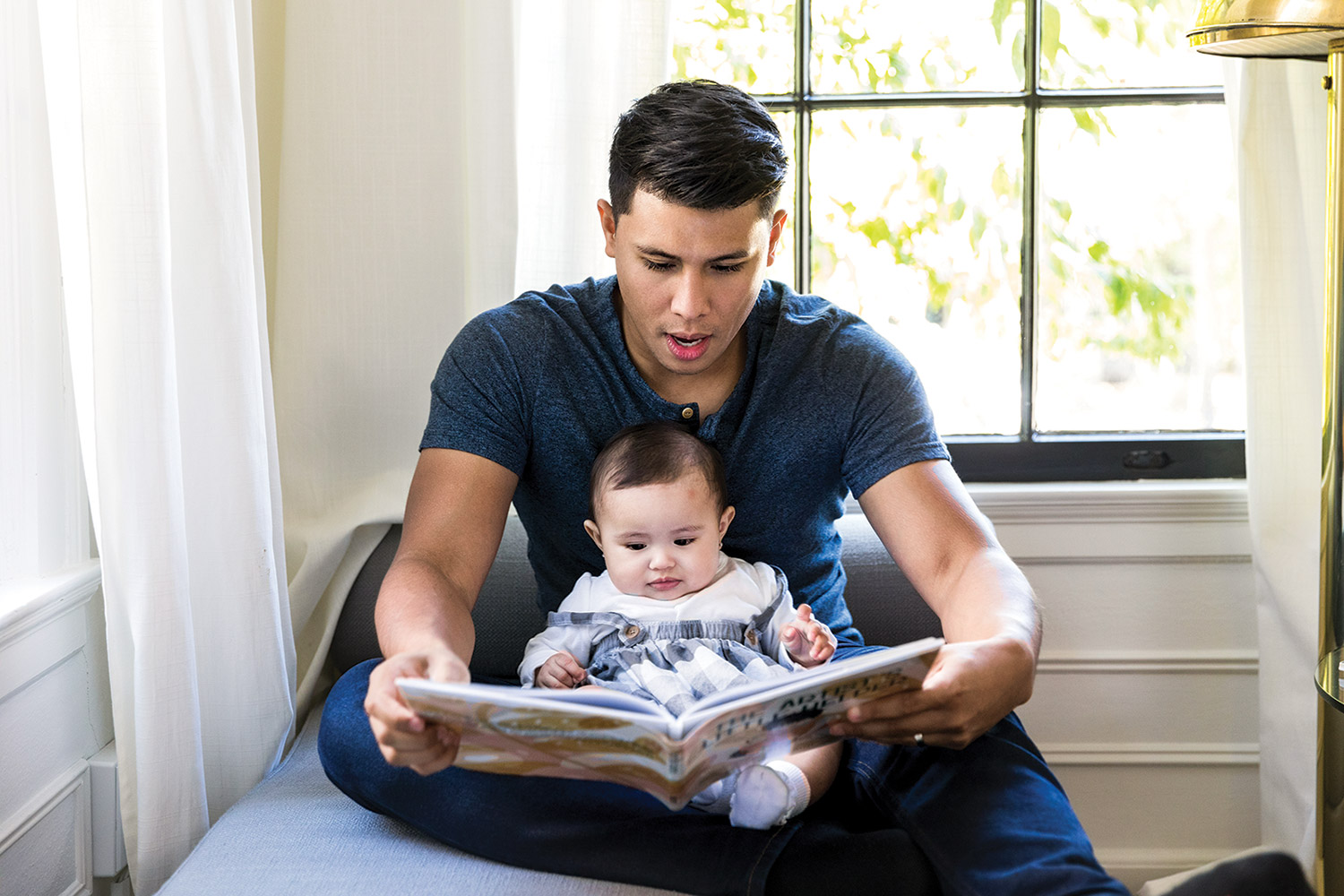
Buckle them into a child safety seat before they ride in a car.


It’s important to take your baby to all medical appointments and keep up-to-date on all shots.
Visit www.cdc.gov/vaccines/schedules for information on when your baby is due for shots.
Always stay with your child when they are in the bathtub or near water.

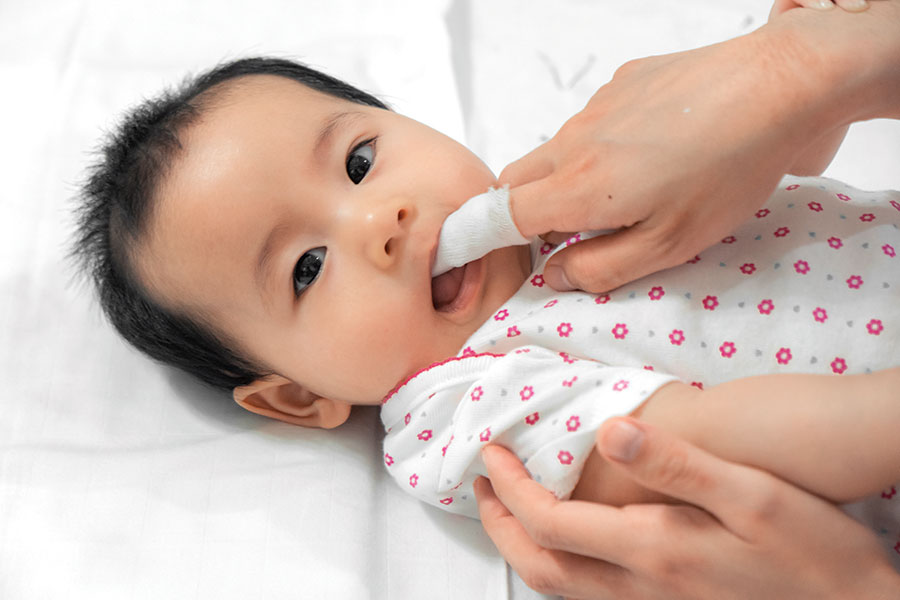
Wipe your baby’s gums and teeth with a clean, wet, soft cloth or a soft rubber or silicone finger brush after every feeding. Schedule your baby’s first dental visit as soon as their first teeth appear, or by their first birthday, and begin using a soft toothbrush with a rice-sized amount of fluoride toothpaste twice a day. Always watch your child to make sure they don’t swallow the toothpaste.
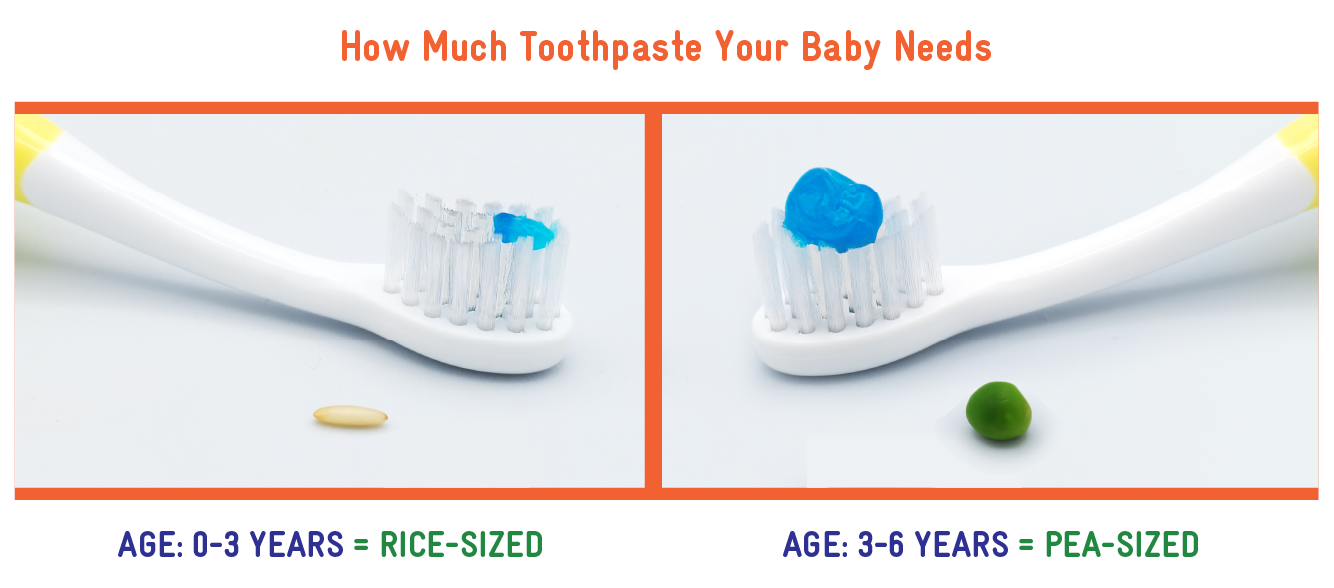
Always put your baby to sleep on their back on a firm mattress with no blankets or pillows.
The American Academy of Pediatrics recommends that babies sleep in the same room as their parents on a separate sleep surface until their first birthday.


Check for fatherhood initiative programs at your local Head Start program or school system.
Install this web app on your iPhone: tap ![]() and then Add to Home Screen.
and then Add to Home Screen.
Side-Lying Hold
This hold is useful when:
Cross-Cradle Hold
This hold is useful when:
Clutch or “Football” Hold
This hold is useful when:
Cradle Hold
This hold is useful when:
Laid-Back Hold
This hold is useful when: